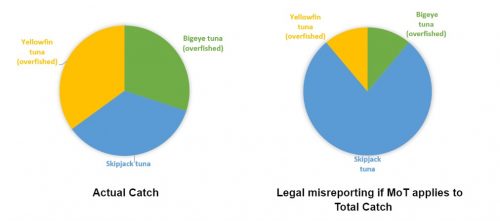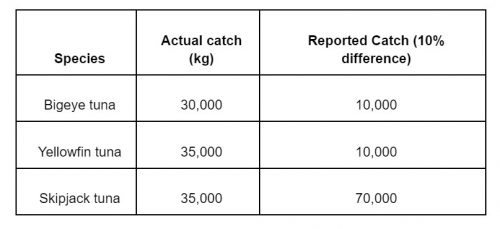Five years after the initial proposal to reform the EU Fisheries Control Regulation, the EU Council and Parliament have finally come to an agreement in trilogue negotiations on the European Commissions proposal. The EU Fisheries Control Regulation helps to ensure that the rules of the Common Fisheries Policy (CFP) are followed by all those fishing in EU waters and these new reforms modernise the way fishing activities are monitored. The goal of the CFP is to ensure that the EU maintains healthy fish stocks and that fisheries are ecologically and economically sustainable.
Existing measures in the Fisheries Control Regulation include the monitoring and registration of catches, controls on access to waters (such as fishing licences) and rules on fishing gears and fishing effort (including engine size and quotas). 70% of the existing measures will be updated which will improve accuracy in monitoring and help reduce overfishing. Some of the main changes include the following.
Unfortunately, there are some worrying developments with the measures. The Margin of Tolerance (MoT) is the difference which is allowed between the estimated report of the catch and the actual weight of the catch at port. This is to allow for genuine mistakes to occur and the MoT has been 10% per species up until now. This has now been increased to 20% for small scale fishers due to it being more difficult to estimate a smaller catch and 20% for any species on board that does not exceed 100 kg.
However, the most worrying development is a change to the MoT for small pelagic, industrial fisheries and tropical tuna species. There are three species of tropical tuna fished in EU waters including skipjack, yellowfin and bigeye tuna. Yellow and bigeye tuna are recorded as being overfished and/or subject to overfishing according to a 2022 stock assessment of the Indian Ocean. The new changes mean that the MoT will be for the entire quantity of the catch landed and not per species. There have been rules put in place along with the increase of the MoT. Vessels must land at specific ports which will be subject to higher investigations of the catch. However, the EU does not have a great track record of inspections which can be seen by an open infringement case on this matter.
This change to the MoT will allow for dramatic underreporting of the overfished species of yellowfin tuna and bigeye tuna alongside overreporting of skipjack tuna. The MoT was changed to show the total catch instead of per species in the Baltic Sea and this was the reason for a decline in ecological health of this area. An example below shows how a vessel could hypothetically legally misreport their catches.


While we welcome the majority of these changes to the control regulations, there is a very considerable worry that this change to the tropical tuna fleet will have devastating consequences.
Grace Carr